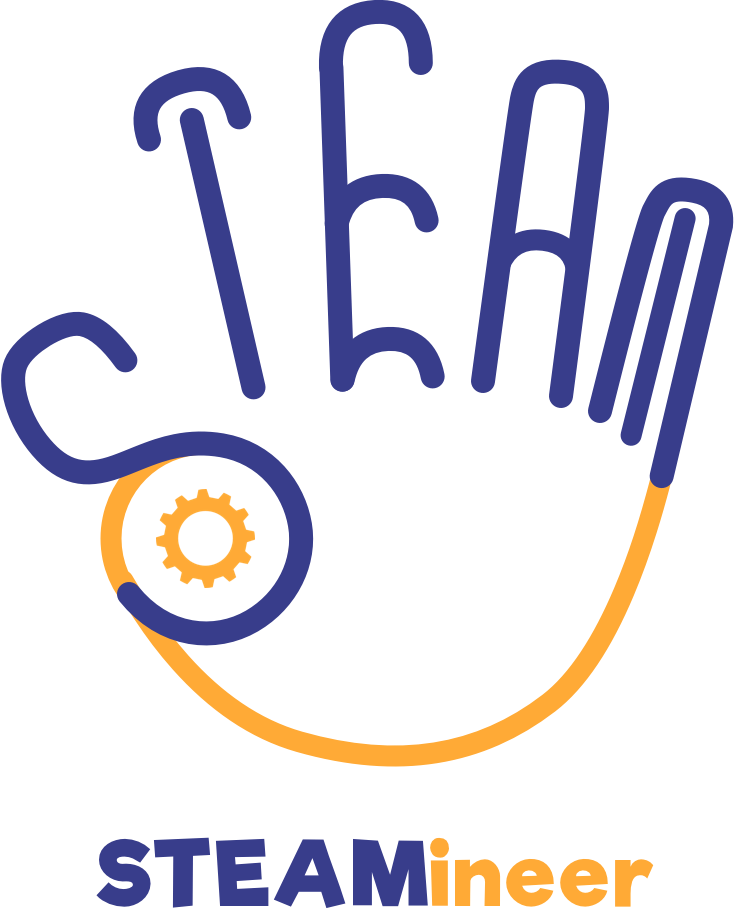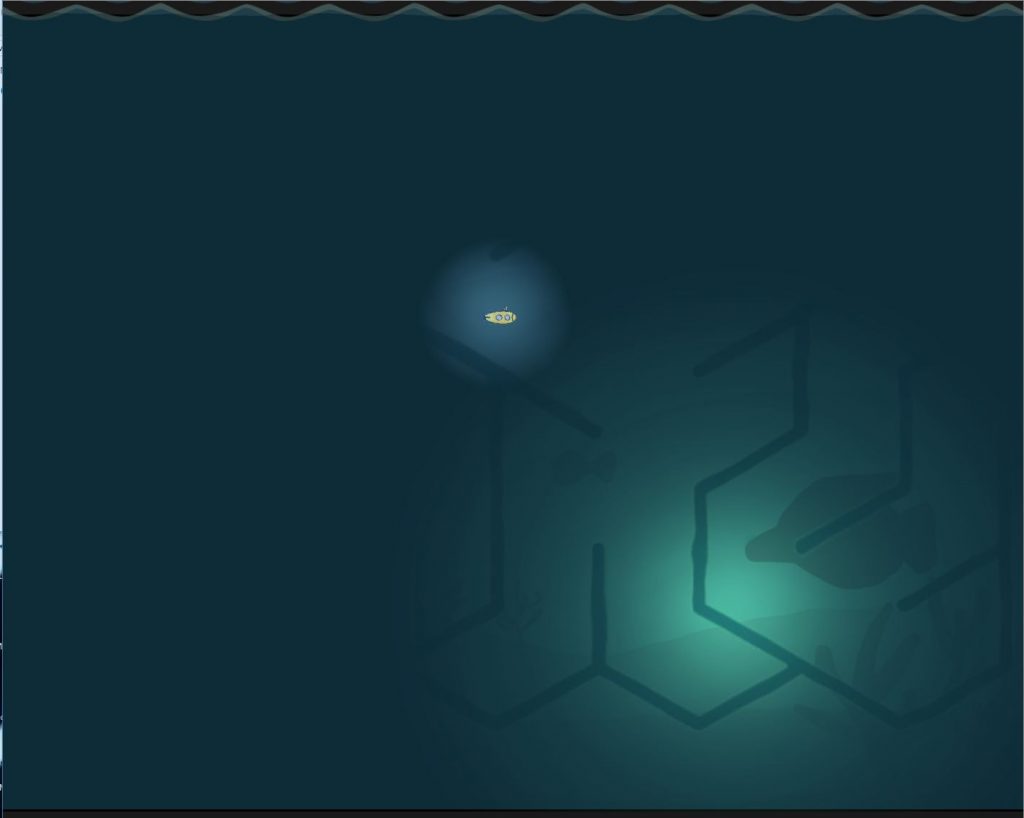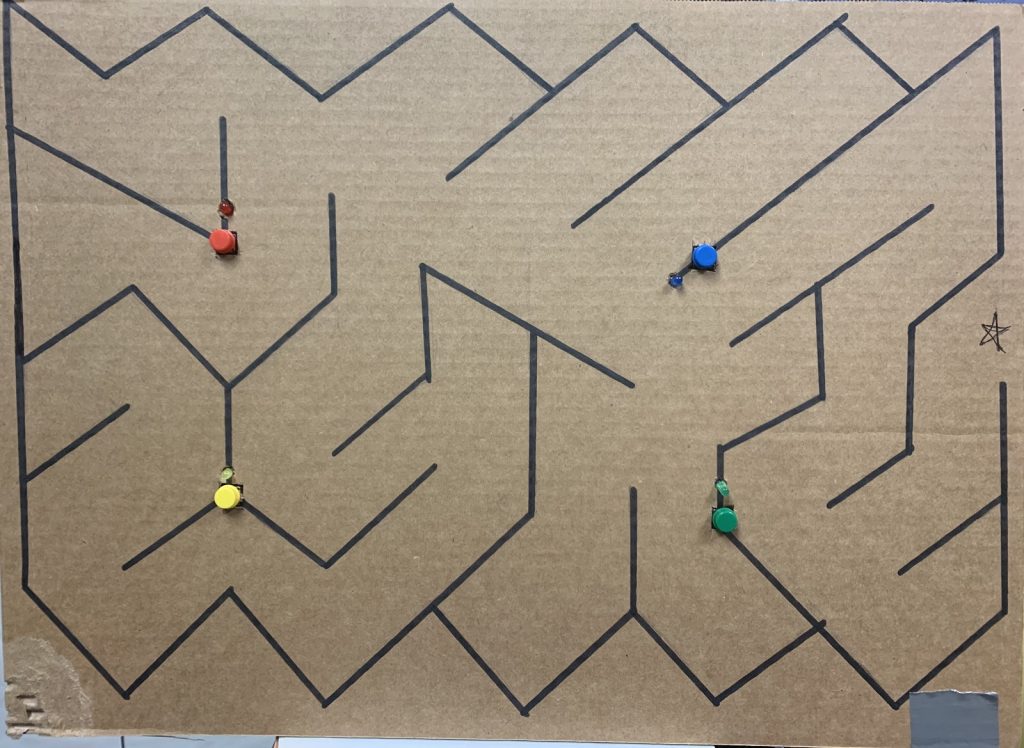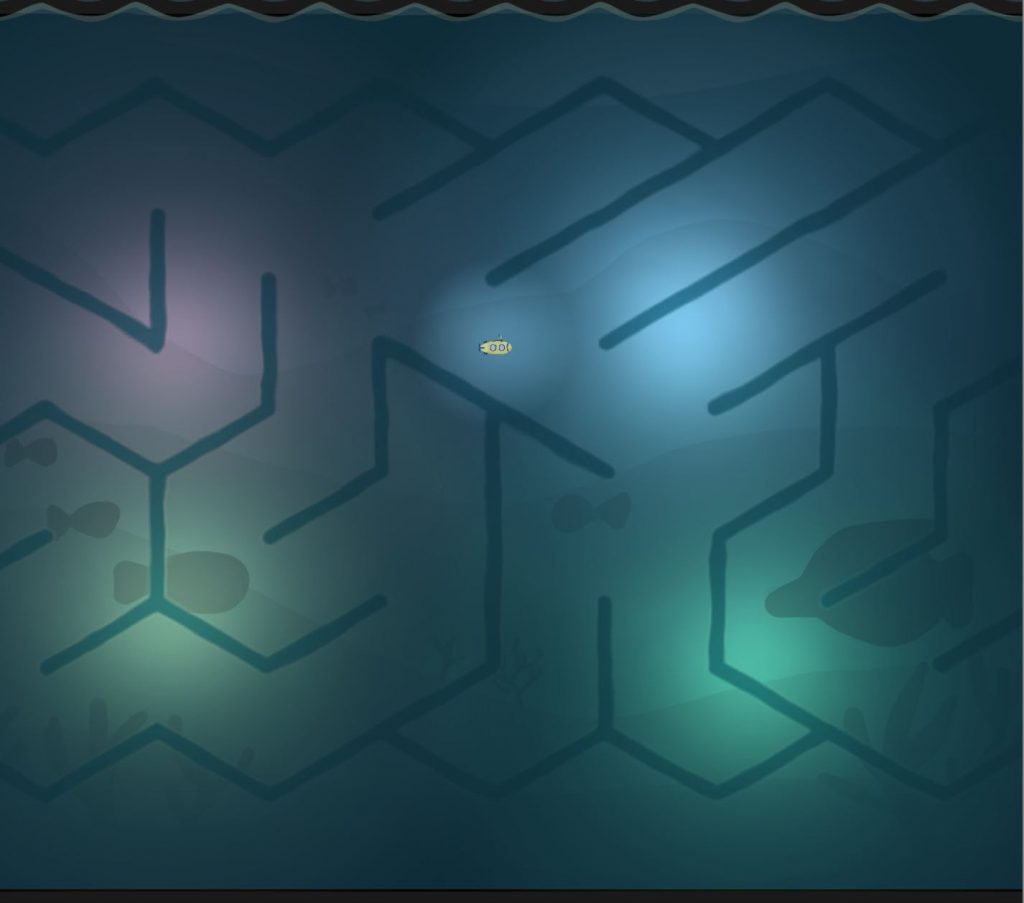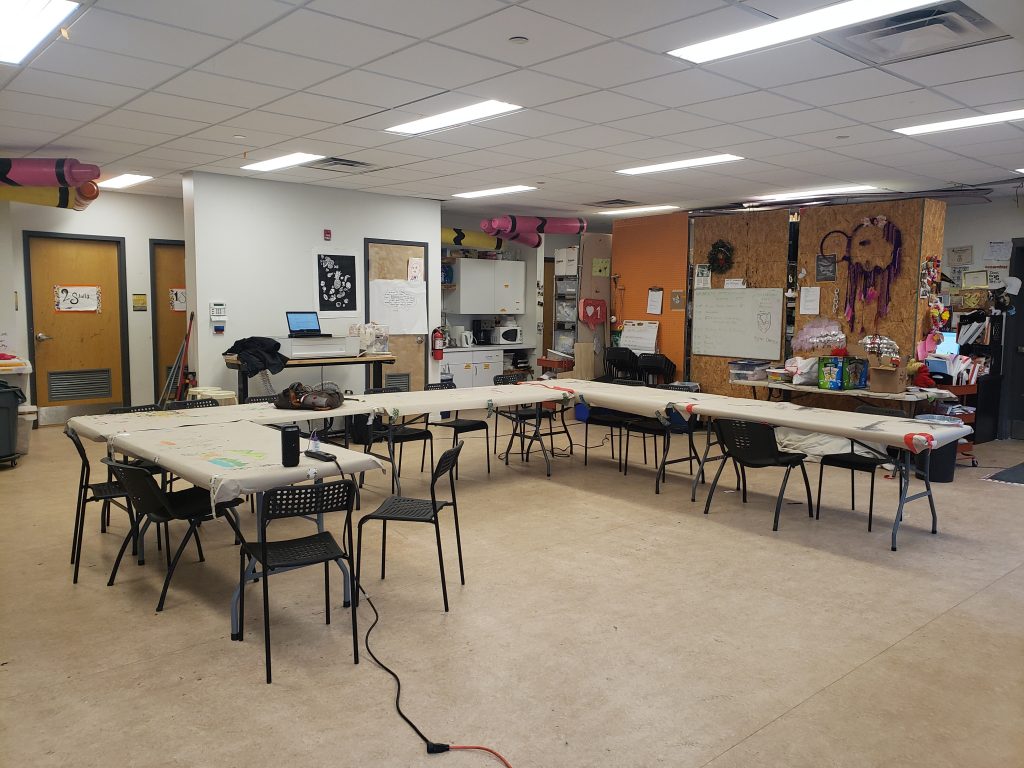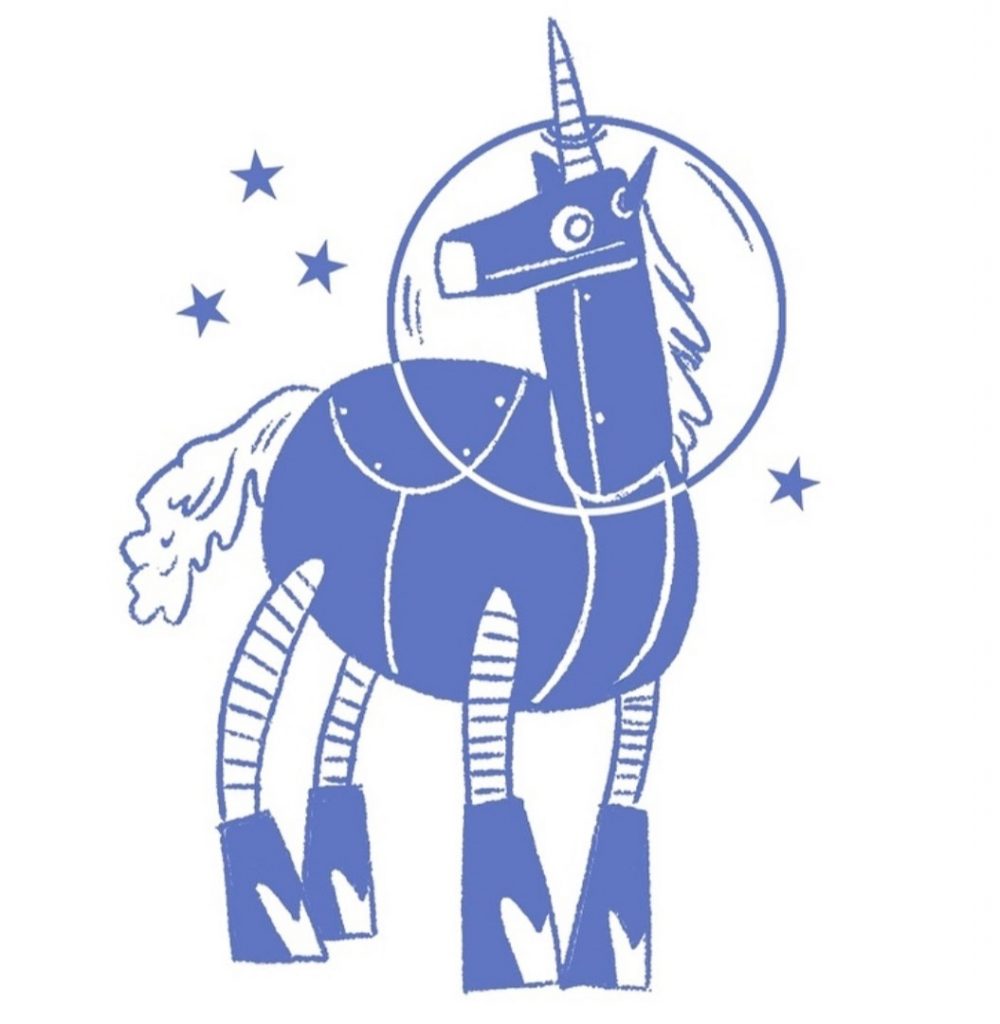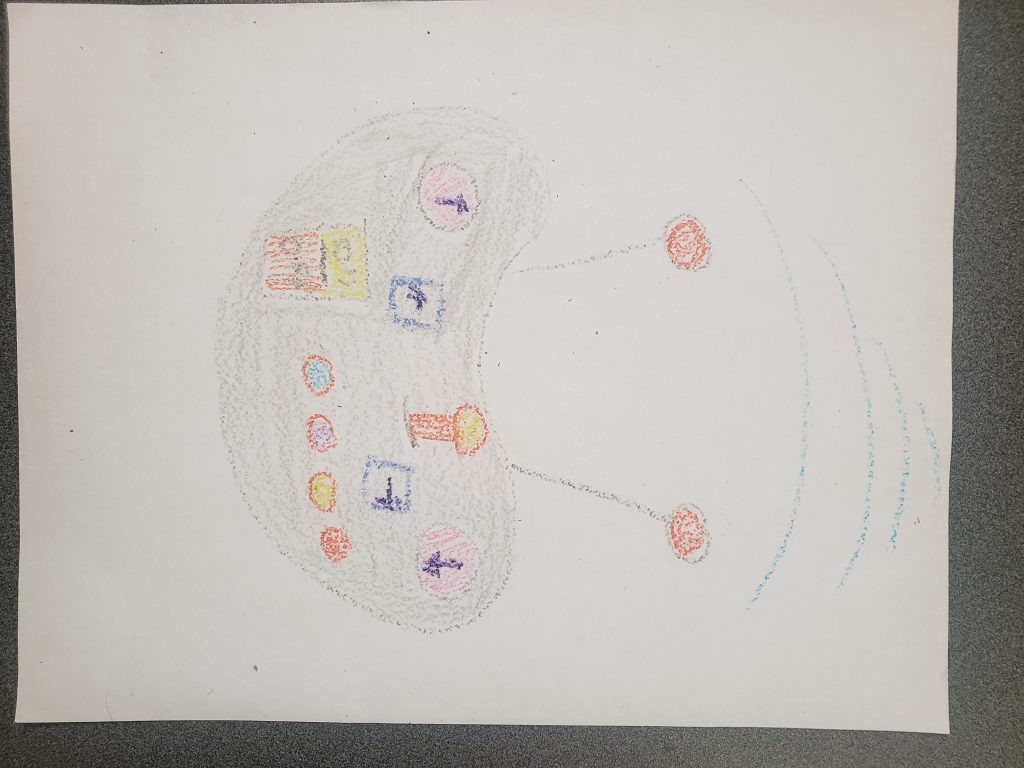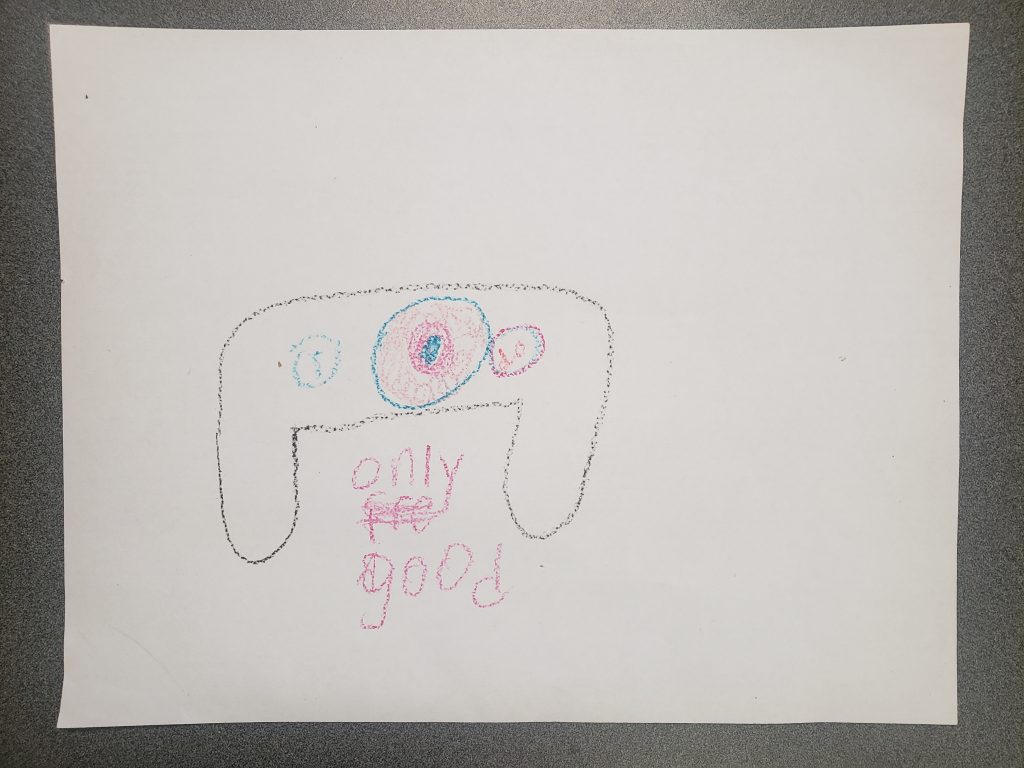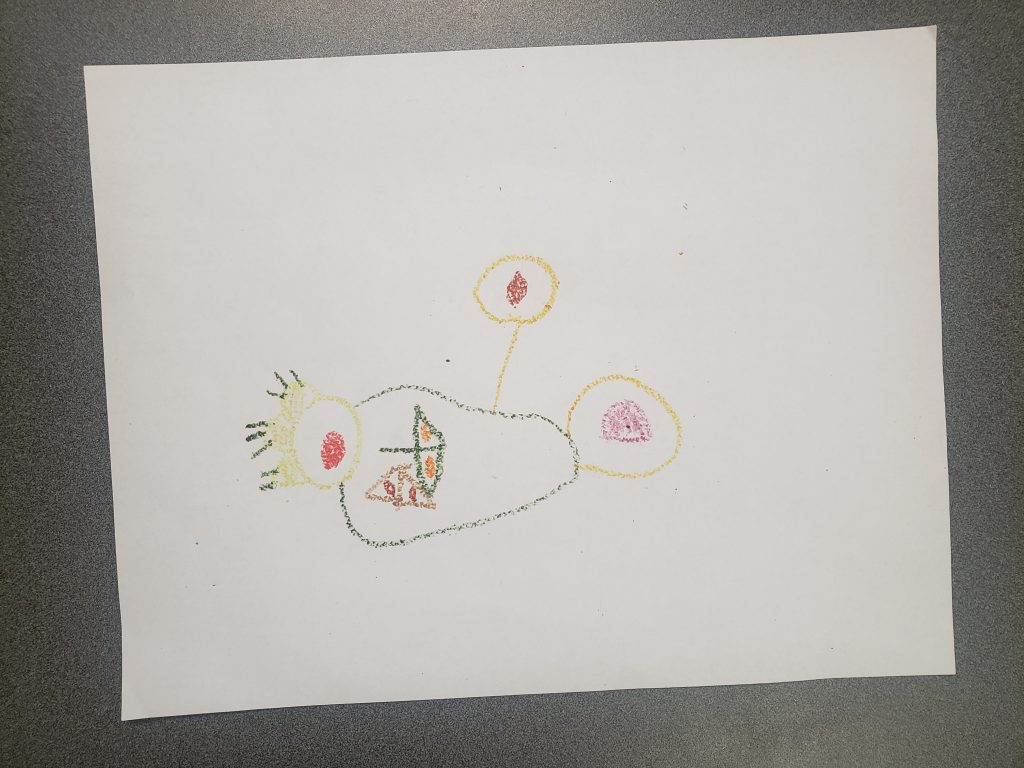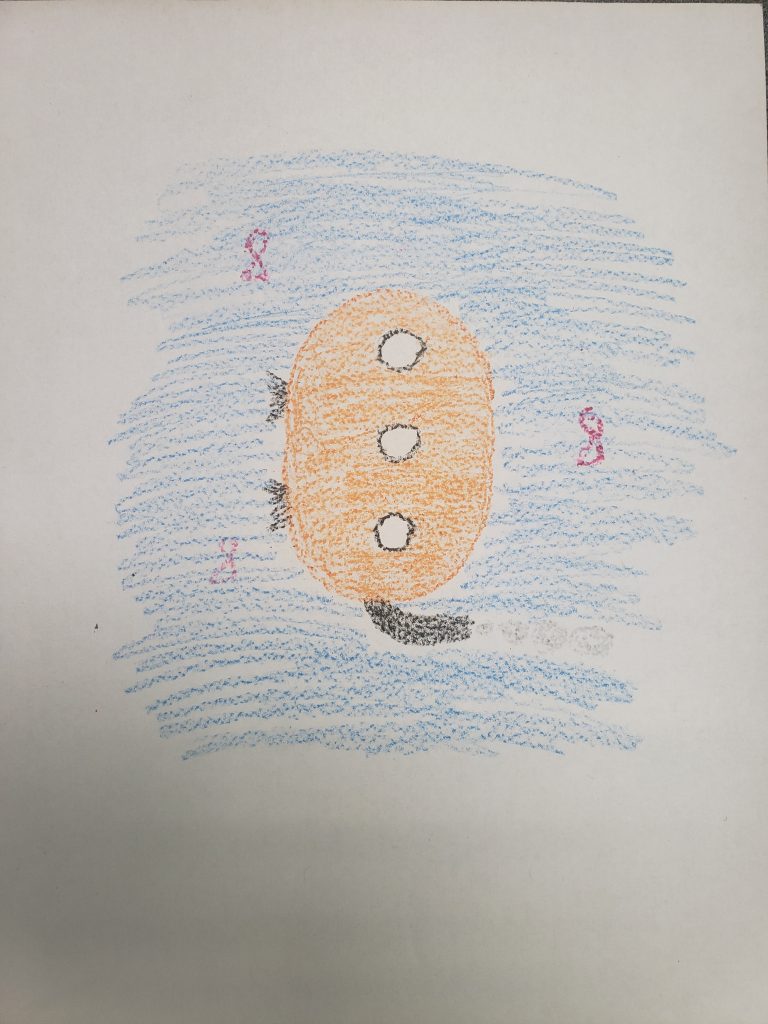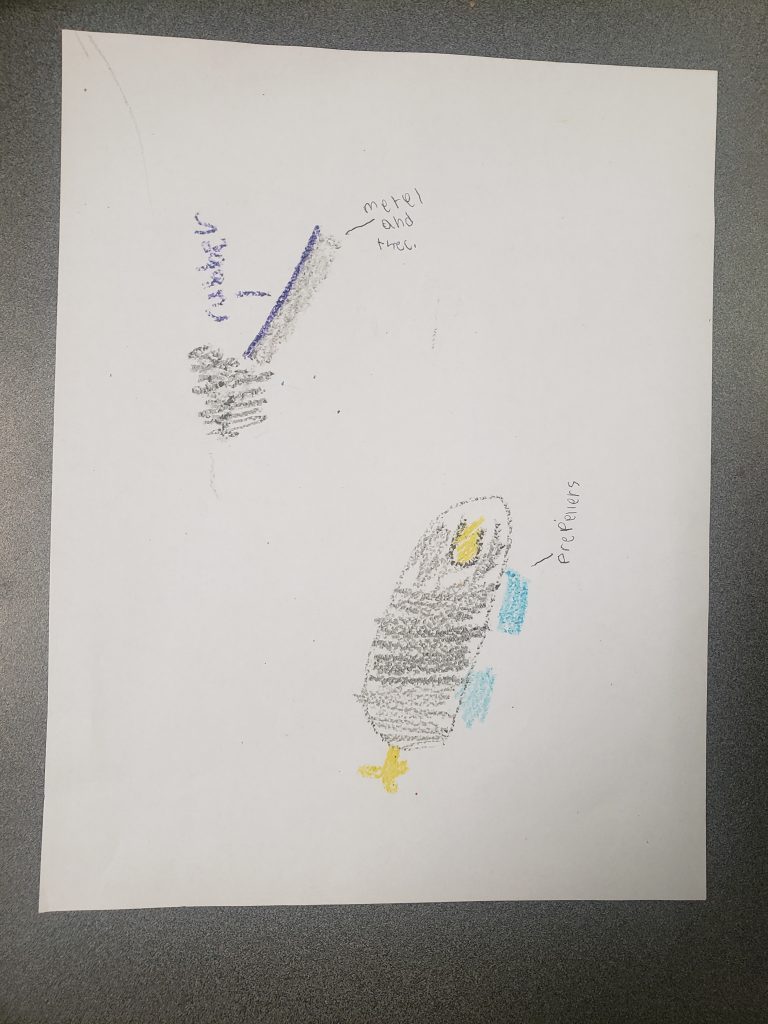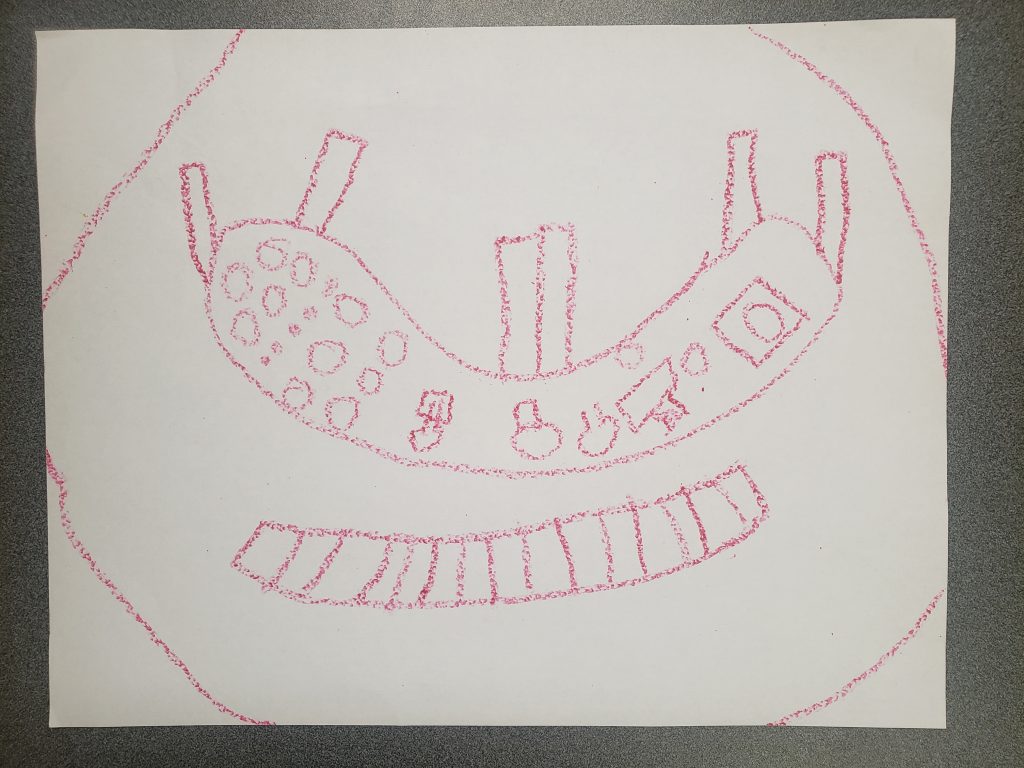This week team STEAMineer had our first playtest with students in our audience! From Week 5 we combined the strongest elements of our prototype activities into an activity for our playtest. We were originally going to incorporate the Brainstorming Blocks Interaction as an introductory activity, but due to time constraints identified while testing with our faculty, decided to simplify the interaction. We identified the success of the maze interaction as promoting player communication and using a mechanic players are familiar with. The Arduino interaction’s success is in the potential of focusing on a game-controller activity for students. We felt the Arduino activity prioritized the making interaction over a playing interaction (a plus!) and allowed for more open-ended design outcomes. The Arduino interaction also allowed for a compelling prompt for students to try to solve. Furthermore, the Arduino interaction is similar to the Code Gamer kit from Thames and Kosmos Jesse shared with us during Week 5.
During our meeting with our faculty advisers we received good insights into how to collect data from our playtest. Trying to understand our playtesters’ understanding of the interaction, identifying what we hoped playtesters would say to one another, and identifying a more natural problem for students to solve could help us improve our experience.
On Wednesday we went to Assemble Makerspace in the Garfield Neighborhood in Pittsburgh. (We first visited Assemble during week 4 when we met with Nina.) After deciding to work with a local partner in order to playtest, we reached out to Assemble and the team was open to a partnership. http://assemblepgh.org/
There, we had the opportunity to playtest our Arduino-controlled experience with four groups of students in third through fifth grade. For the playtest, due to time constraints, we focused more on playing with the Arduinos than with using them to build. In pairs, the students started by making a drawing of a controller for something designed to “transport a crew underwater”. It was a good opportunity to test a more open-ended language prompt based on our research into Cas Holman’s work. Cas designed Rigamajig and discussed the importance of using open-ended prompts to avoid limiting students’ thinking. (https://casholman.com/ ) The illustration provided a takeaway for students from our activity.
While the controllers had different shapes and colors, most included directional controls, speed controls, and some even had functions for lights and defense systems.
After creating a control panel illustration students got to select either the role of navigator or captain to play our experience. Navigators had a control panel that showed the layout of the pathways underwater (a maze) and buttons that could be used to illuminate lights on the pathway. The captain had a display showing the submarine in water and controls for moving the submarine forward and backward and up and down. A motor with a fan attached was used for propelling the submarine forward and a joystick was used for up and down motion. However, the captain was unable to see the different obstacles in the water or the maze that the Navigator could see. The Navigator was also dependent upon the captain for knowing the location of the submarine. We leaned on this asymmetrical gameplay method to encourage the students to communicate with one another. Since the primary transformational goal of our project is to teach 21st Century Skills, we have decided to specifically focus on supporting student growth in communication and collaboration.
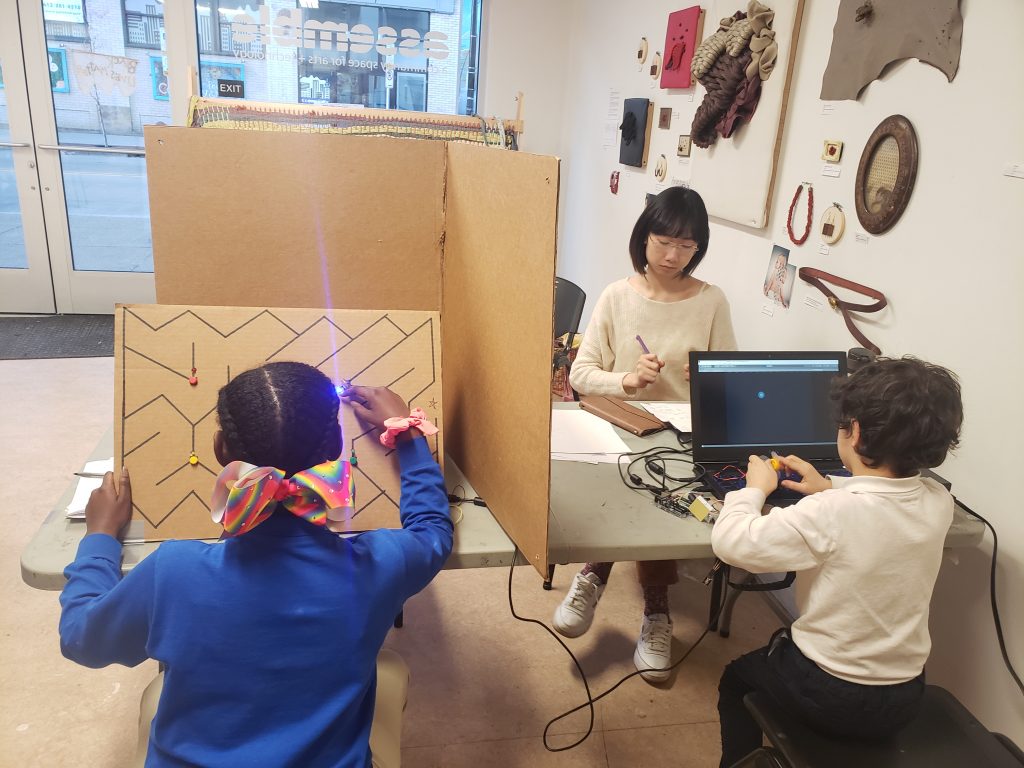
We thought the interaction would readily support communication, however, it was challenging getting students to speak to one another. We often had to prompt them to get them to share their location or what lights they could see. When we did prompt them, the language used to describe this information was not very effective. People would talk about going toward the lights, but rarely about directions in relation to position of the lights and distance between the submarine and the lights. Our second Captain didn’t even realize that they were trying to navigate a maze because of the lack of communication. They also felt it would have been more fun if they could both see what one another were doing.
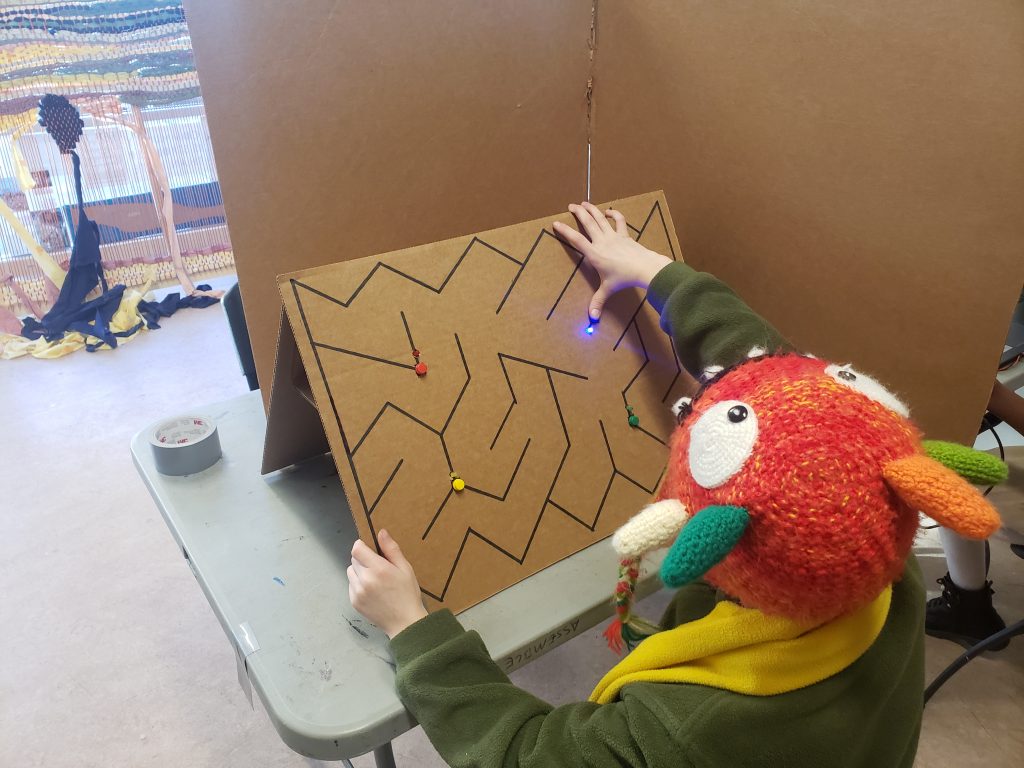
We also learned that the students preferred to turn the fan to spin the motor instead of blowing on the fan to spin the motor. The students wanted us to have a stronger story. They suggested the submarine was on a voyage to find the Lost City of Atlantis. Almost all the groups wanted some large sea creature to battle, too. Coin collecting was also suggested as a mechanic. From our observations watching students interact with what we created, we learned that students did not feel apprehension about the exposed wires and raw electronics they were interacting with. When asked if they felt they would be able to modify the motor or the joystick themselves, all of the students except one felt that they could improve upon the pre-existing interfaces.
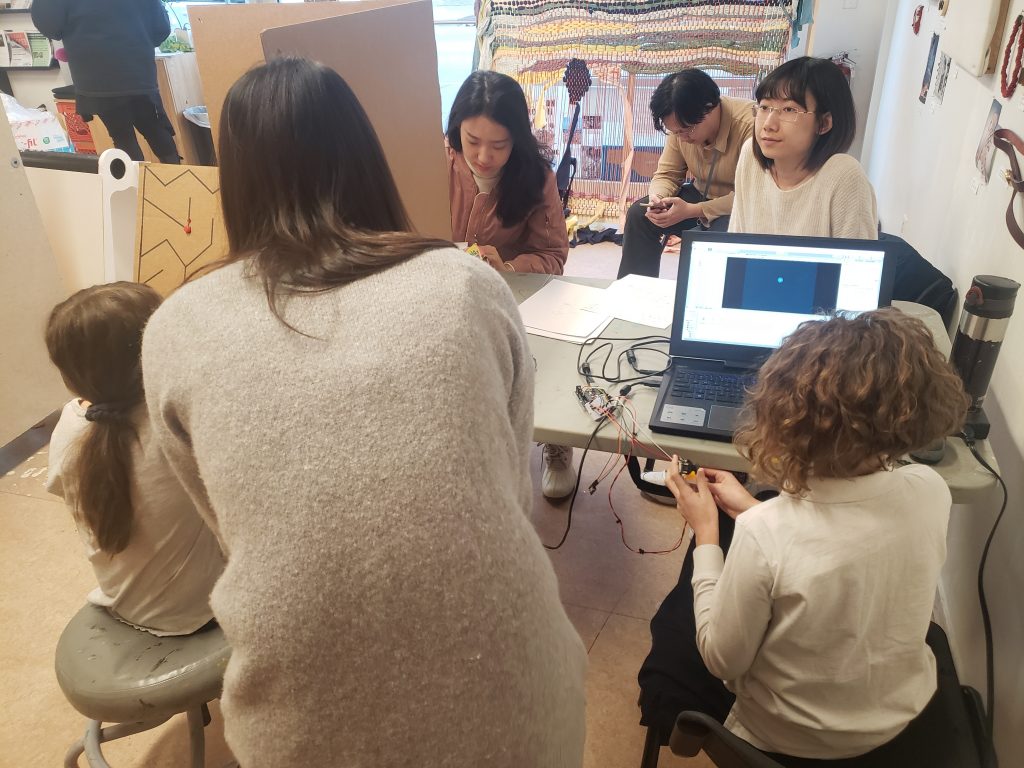
We wrapped up the week showing our experience to ETC Alumna Griva Patel. She and Dave, our faculty instructor, played the interaction and gave us feedback. Griva recommended asking the kids to tell us a story about what they are doing while playing our interaction to help us find a story for our interaction. She also recommended looking at co-op gameplay tutorials to better understand their onboarding process so we could have more effective onboarding. Griva and Dave pinpointed that the activity could be effective for a summer-camp setting and we could use parameters from Assemble’s Game Design Summer Camp programming for constraints. Dave also encouraged us to design our activity so that students would create things that we couldn’t possibly predict they would make. Isabel communicated with Nina from Assemble and was able to confirm with Nina that we could pitch our activity as material for their Game Design Summer Camp curriculum.
Ending the week, we focused on what to prepare for our next playtest, identifying what would need to be included for a summer camp curriculum, gathering more supplies, and making plans for our halves presentation. Look out for our next prototype and playtesting results!
